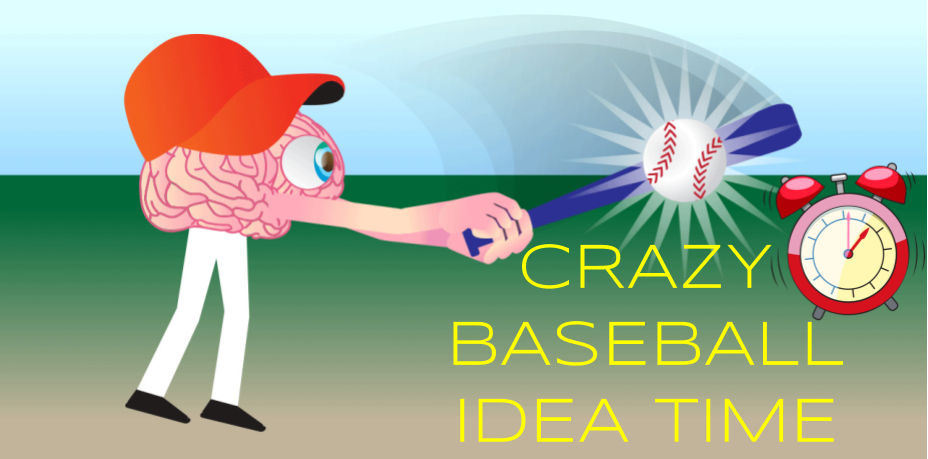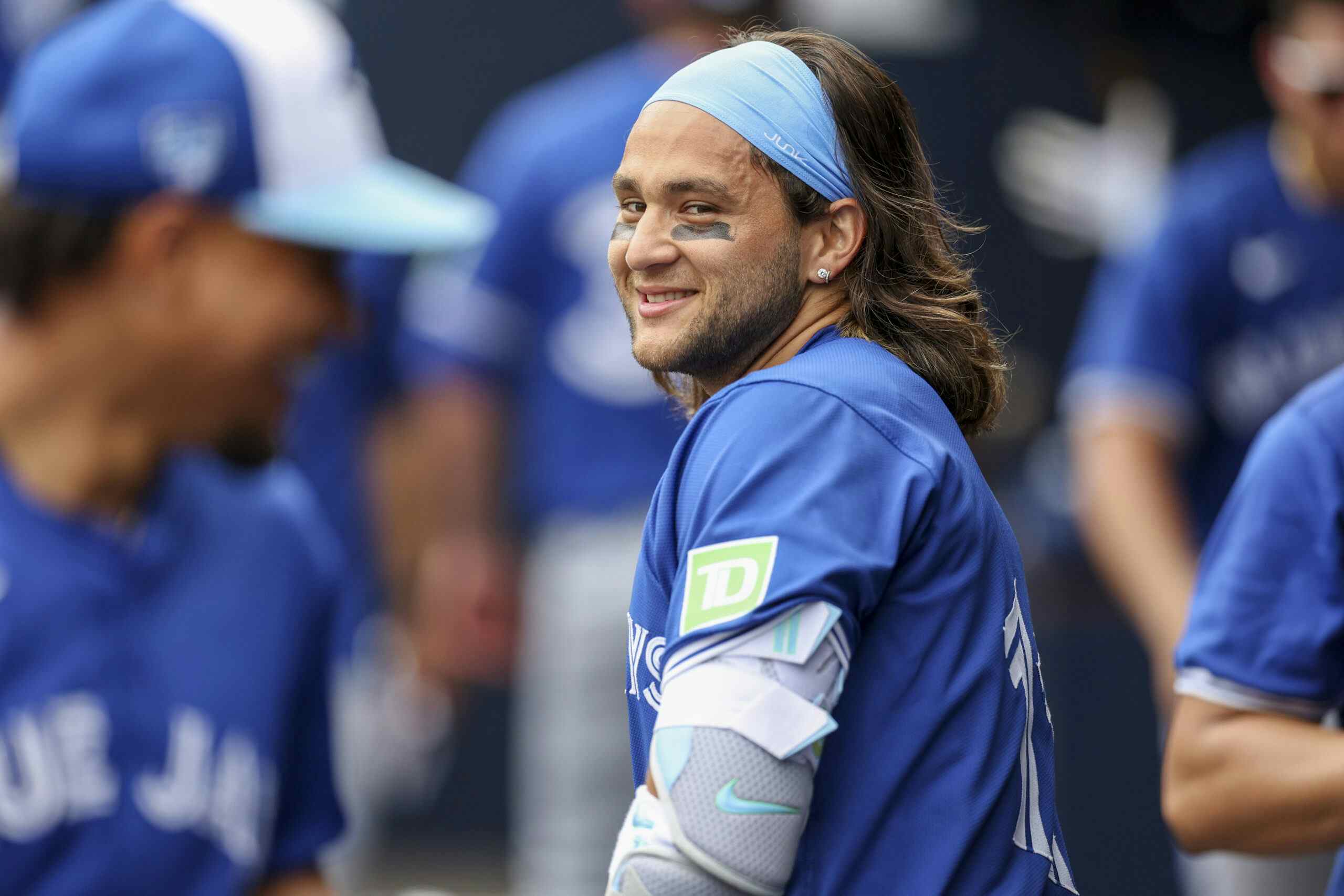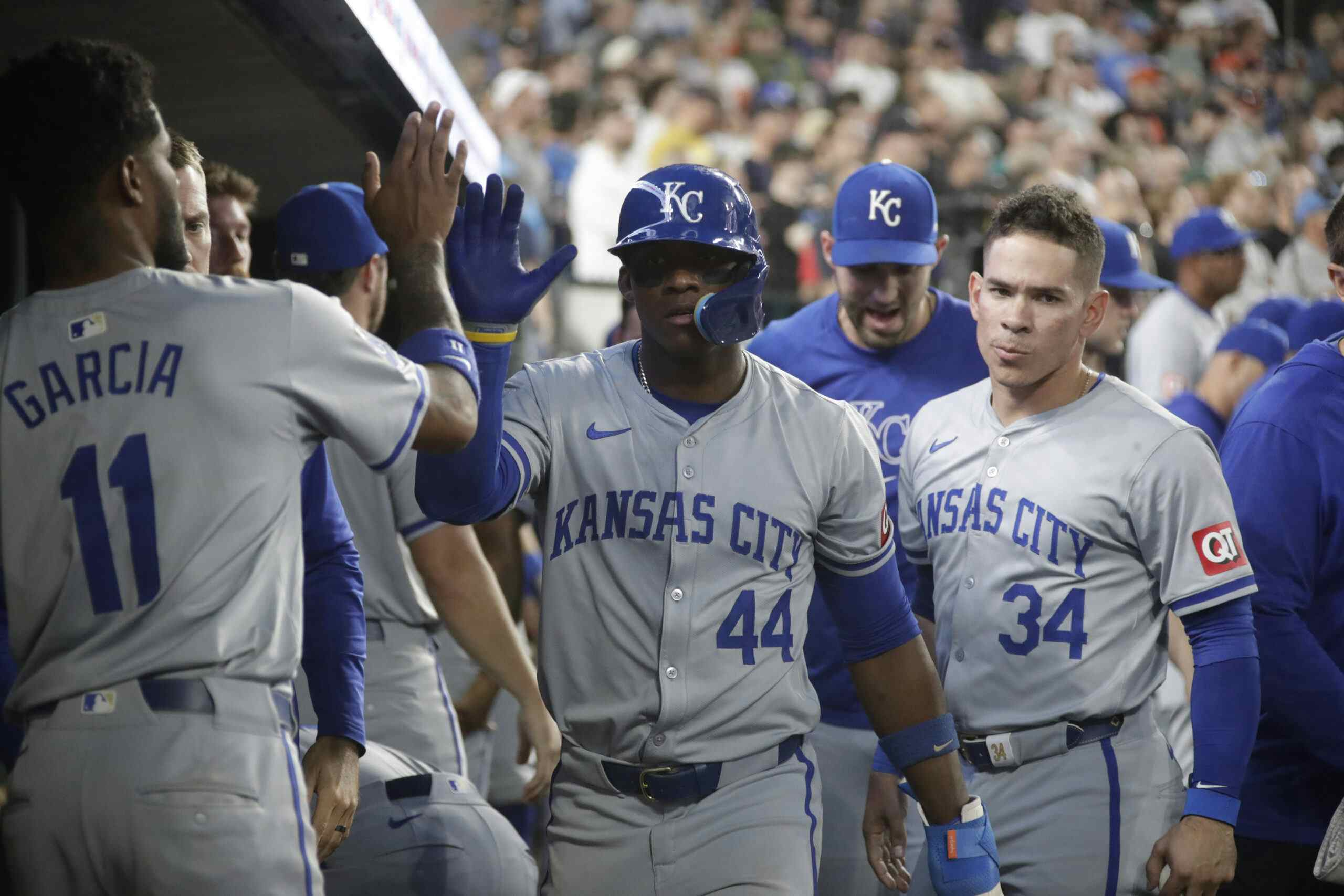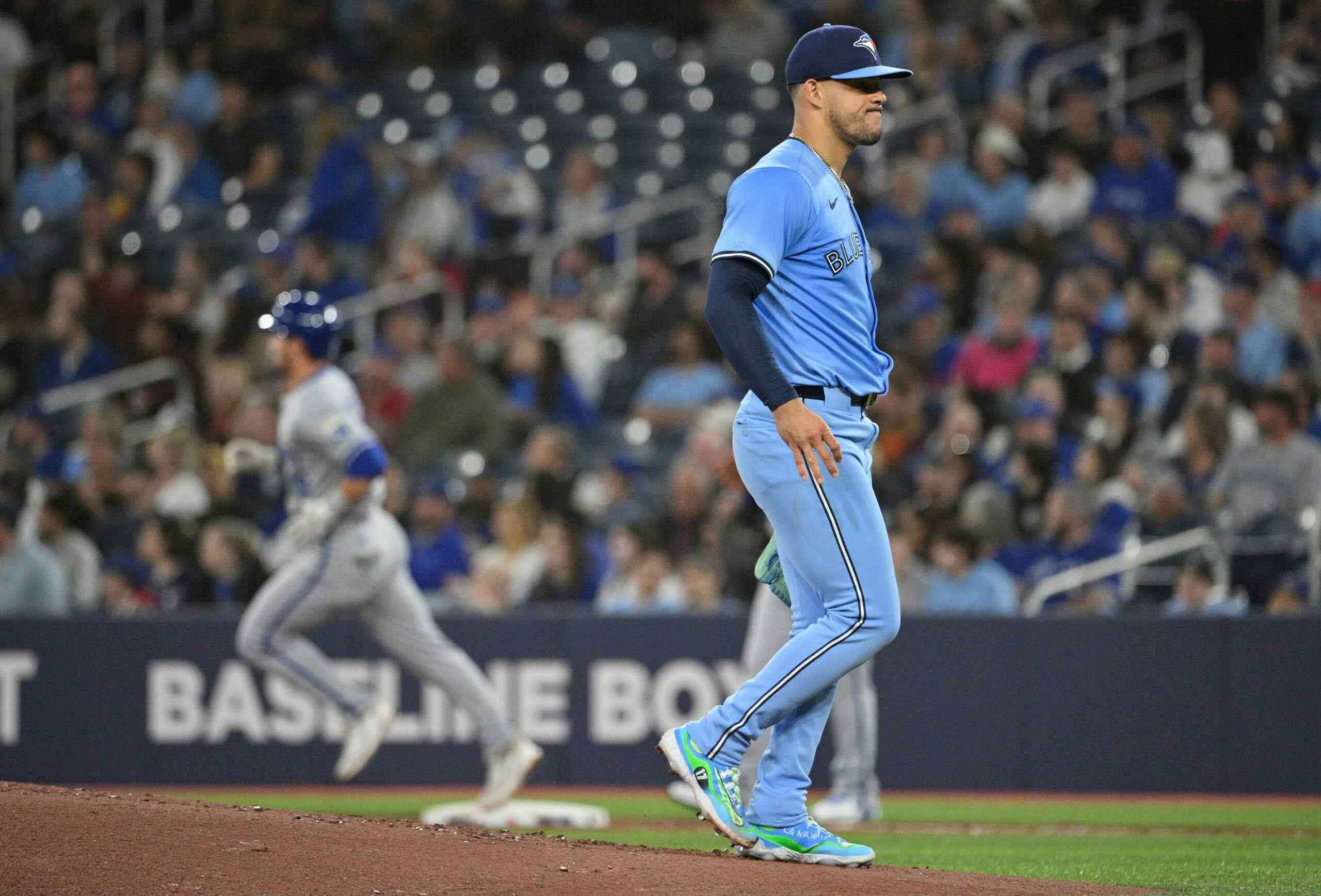What if you could bat whoever you wanted in extra innings?

Like most sports enthusiasts, I spend a lot of time thinking about wild hypotheticals — What if Bo Jackson never got injured? Could LeBron play in the NFL? Or, what if the Leafs traded their leading scorer of the past two seasons for a pile of magic beans?
But the most fun I tend to have with these daydream sessions is to tinker with the rules of any given sport. There’s some which have been implemented, like 3-on-3 overtime in the NHL, and some which are less likely to occur, like if all sports encouraged steroid use.
But there’s one hypothetical in baseball that would be three things: exciting, sensible, and efficient. What if, when extra innings rolls around, you can bat whoever you want, as many times as you want?
(Note: this idea might not be “original”, in the sense that maybe you or someone you’ve read or know of has thought of something similar. But it’s just something I dreamt up the other day independent of any research into the topic. I’d also suggest only using this in the regular season, and keeping things the way they are for the playoffs)
My proposal works like this: once the game reaches the conclusion of nine innings and is still tied, all substitution and traditional baseball lineup concepts go out the window. The crux of the thought process is: unlimited at-bats (until the game is over) for, well, anyone who’s not currently already on base.
We’ll use the Blue Jays and the Yankees game from September 13 of this year to make our point. The game, a 6-5 win for the Jays in the 12th inning, lasted 4 hours and 8 minutes.
From Baseball-Reference.com, here’s how the ninth inning went for both lineups.

In the 10th inning, the Yankees trotted out Didi Gregorius, Cameron Maybin and Brent Gardner. The Jays countered with Justin Smoak, Randal Grichuk, and Reese McGuire. Gregorius walked, Maybin grounded into a fielders’ choice, and was then caught stealing before Gardner grounded out. Meanwhile, all three Blue Jays failed to reach base.
The 11th inning did not see another baserunner for either team, the Yankees again did not reach base in the top of the 12th, and the game eventually ended in the bottom of the 12th inning on a Bo Bichette walkoff home run, his first plate appearance since his single in the 9th inning.
But what if we just cut out the drama of having to sift through the bottom halves of lineups and just let managers put whoever they wanted as the plate in extra innings? What if, after the Jays brought up Bichette-Biggio-Guerrero to end the 9th inning, we saw the exact same trio come out in the 10th? Or what if you see Guerrero go out there and hit a double, and then you send in a pinch runner, and then see Guerrero essentially hit himself home?
The away team actually might have a bit more fun in this scenario, as they have the opportunity to set the table and go up by x-number of runs.
I’m okay with the caveat that you couldn’t use a guy in back-to-back at bats, or pull him from the basepaths simply to throw him right back in the box. But with marginal tinkering, I think we have a workable idea.
Here’s a couple benefits I see.
It incentives talent
Imagine the LA Angels coming out with Mike Trout, who hits a homer, followed by Trout, who hits another homer. In a tied game in the bottom half, this scenario would obviously not be possible, but it would be fun to see consecutive at-bats from the same batter. Think the Home Run Derby, but with real-world implications.
The intentional walk would also be rendered fairly useless, as you could simply have to end up facing the same batter immediately after.
But a model of simply “go to your star players as many times as possible” is a pretty cool one, and one that keeps the focus on the players rather than micromanaging your lineups.
Keeps bullpen arms fresh
In theory, games would be quicker with the higher talent levels coming to the plate more frequently. In those stupid-long extra innings games, we often see a team’s bullpen depleted, with position players occasionally making their way onto the mounds. But with more games ending in the 10th and 11th inning, it lowers risk of overworking, or throwing teams out of their traditional rhythm.
While far less exciting, I suppose you could also go back to the same pitcher that’s been pulled from the game already.
It’s good for the fans
No one is paying their money to see Richard Urena. Even Richard Urena knows this. Any opportunity you have to showcase your star players, it might as well be worth giving it a shot. Let the kids play, right?
The game would be different, but at the end of the day, it’s still baseball. You still have to touch four bases to score, you still have four balls and three strikes, and you still have to, you know, win the game.
Tradition is usually just an excuse to not want things to change for the better. In this proposal, it’s hard to see how the 14-inning extra innings snoozefest would be a better product for the MLB to trot out than the opportunity to see a team’s best players continuously going head to head.
Recent articles from Adam Laskaris





